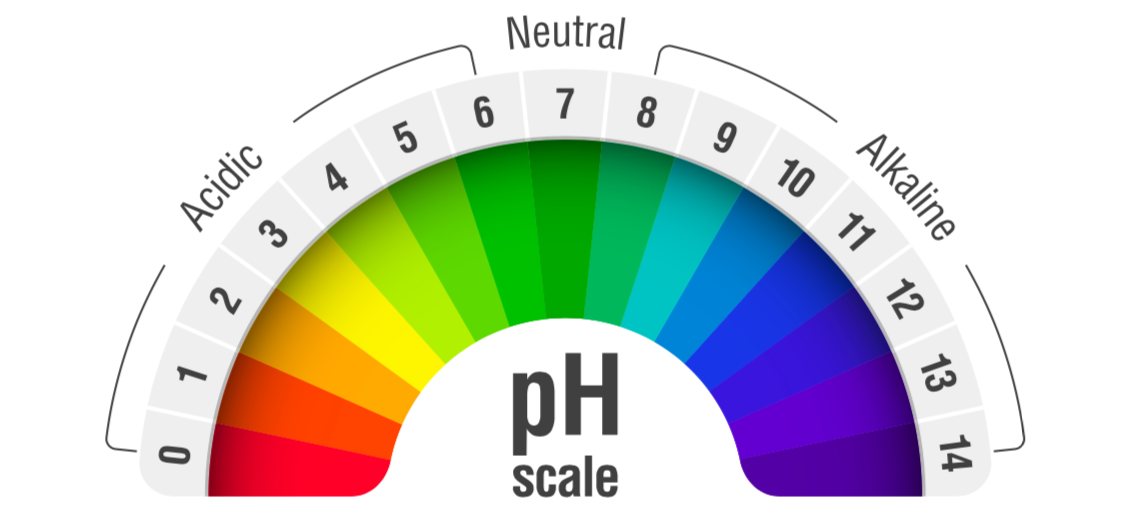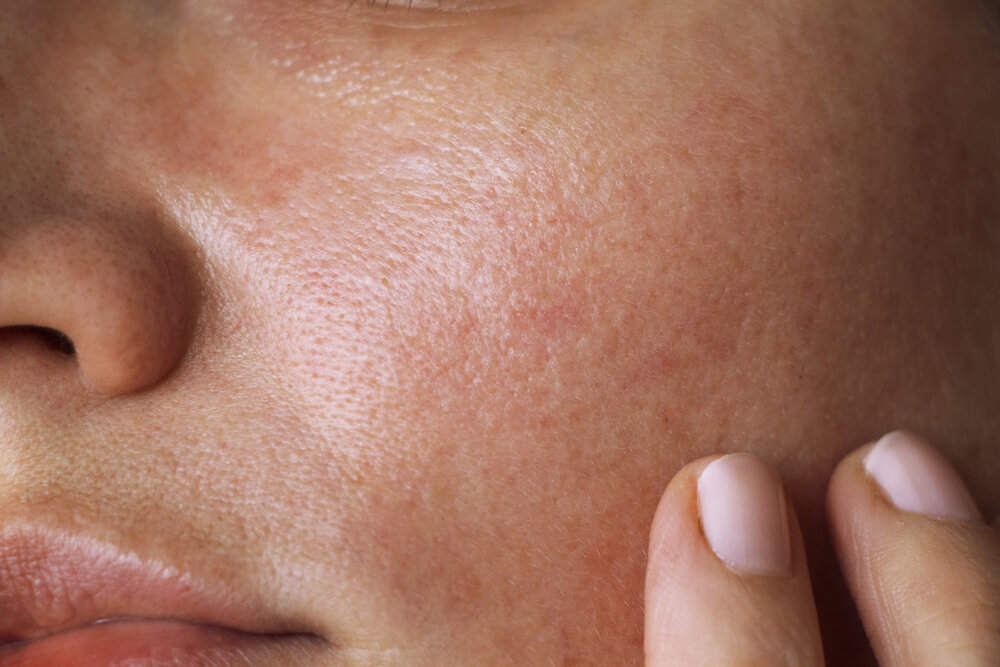Your Skin pH Could Be The Reason Behind ALL Your Skin Issues
 via Giphy
via Giphy
Sometimes it can feel like you’re doing absolutely everything right in your skincare routine but your skin just isn’t responding. You’re double cleansing every night, you’re layering your skincare the right way, and you’re even using some derm-recommended ingredients. So, why is it that you’re still having problems? It sounds basic, but your skin’s pH levels could be to blame.
Remember when you first learned about pH levels in high school, and you used a litmus test to find pH levels in different liquids? Well, it was actually kinda important, because you really need to pay attention to your skin’s pH levels too. If your skin’s pH is off-balance, it can be sore, red, tight, and could even trigger breakouts. Now we have your attention, here’s everything you need to know about your skin’s pH levels and the products that’ll help keep it in check.
Why You Need to Pay Attention to Your Skin’s pH Levels
First things first, pH describes the alkaline-acid ratio of any given thing; it could be a plant, food, or, in this case, skin. The pH scale runs from 0, which is the most acidic to 15, which is the most alkaline. Your skin has a natural pH level of 4.7, which is slightly acidic. This is because of a thin acidic film called the acid mantle that lies on the surface of the skin, protecting it from bacteria, pollution, and allergens. For reference, your stomach acid is pH level 1, apples are a 3 on the scale, hand soap is a 9, and bleach is 13!
 Source: Alhovik/Shutterstock
Source: Alhovik/Shutterstock
To maintain a healthy skin barrier, your skin needs to stay around 4.7. If your skin becomes too alkaline, it can become sensitive, dry and it could even increase signs of aging. The British Journal of Dermatology showed that women who have high alkaline levels had more fine lines, crow’s feet, and were prone to skin damage. Similarly, if your skin is too acidic, it’s likely to break out and be red and sensitive.
How to Keep Your Skin’s pH Levels in Check
The good news is there are plenty of quick and simple changes you can make to your skincare regime to restore your pH levels. Either by adding some essential products or by making some minor changes to your daily routine.
1. Avoid over washing your face: The most common cause of pH disruption is over-washing your face or washing your face with products that are too harsh: either they’re too acidic or too alkaline. Look out for potent ingredients like sodium laureth sulfate, citric or glycolic acid, especially if you have dry to normal skin, as these may be too potent if used often. Similarly, if your cleanser is leaving your face feeling tight, then the chances are its alkaline levels are too high. In fact, most cleansers have an alkaline base so try to look for products that are clearly labeled ‘pH-balanced’ like the Dermalogica UltraCalming Cleanser, $39. This wash is ideal for reactive skin as it’s super gentle and it’s also gluten-free. Similarly, if you’re washing your face too frequently, you can strip your skin of its natural oils, once again disrupting the acid mantle. Check out our cleansing guide and product recommendations here.
 Source: Geinz Angelina/Shutterstock
Source: Geinz Angelina/Shutterstock
2. Add a toner: If there’s one skincare step you should never skip it’s toner, as among other benefits, it can really help to balance your skin’s pH levels. As we’ve mentioned, most cleansers have an alkaline base, this is why it’s so important to follow with a toner, as toners typically have an acidic base, which helps rebalance your skin, keeping the acid mantle in check. To find the perfect toner for your skin type, read our toner guide.
Posts You'll Love:
3. Vitamin C: Vitamin C-based products are a great way to restore your skin’s pH levels. Vitamin C is of course, slightly acidic, but it’s also bursting with antioxidants that will help restore the acid mantle. Plus, they help protect your skin from pollution and sun damage, and vitamin C can even make your sunscreen more efficient. To find out all of our fave vitamin C products, read this.
4. Gut health: There are many factors that can disrupt your skin’s natural pH. As your skin is your body’s largest organ, it can be seriously impacted by your gut health and what you put in your body. Try to avoid too many sugary drinks, alcohol, refined carbohydrates (like bread and pasta), processed meats, and excessive consumption of red meats. Find out why good gut health is important for your skin here.
The most important thing to remember is that when it comes to your skin’s pH levels, it’s a balancing act. Try not to overuse harsh products that are too acidic or too alkaline. While they can do great things for your skin in moderation, overusing them will disrupt the acid mantle. If your skin is acting out, re-examine your skincare regime, and if it’s populated with ingredients like salicylic acid or glycolic acid and your skin is red and sore, you may want to replace it with a gentle product and remember to always follow with a toner. For more healthy skin tips, check out five things you can do (for free) to improve your skin.






















Leave a comment